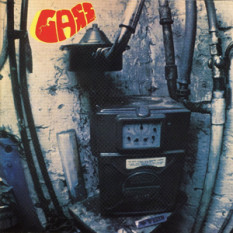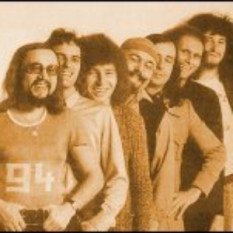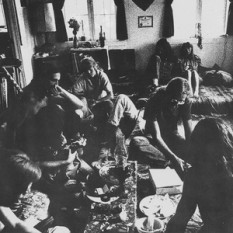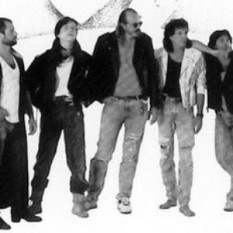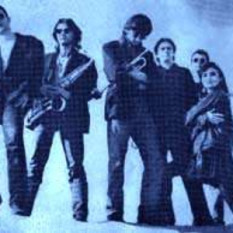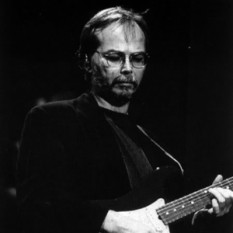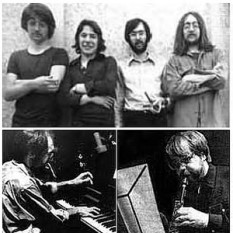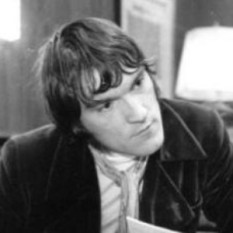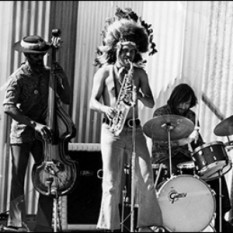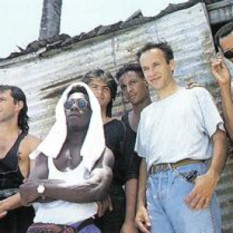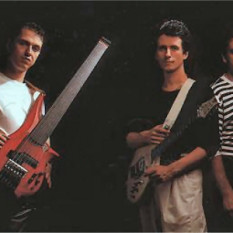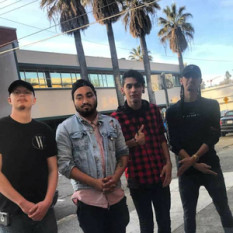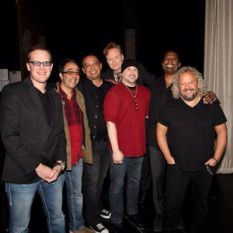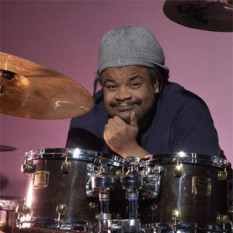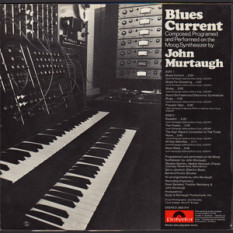The term "jazz rock" (or "jazz/rock") is sometimes used as a synonym for the term "jazz fusion". The Free Spirits have sometimes been cited as the earliest jazz rock band.
Rock bands such as Colosseum, Chicago, Blood, Sweat & Tears, Soft Machine, Nucleus, Brand X, and the Mothers of Invention blended jazz and rock with electric instruments. Davis' fusion jazz was "pure melody and tonal color",while Frank Zappa's music was more "complex" and "unpredictable".Zappa released the solo album Hot Rats in 1969.The album contained long instrumental pieces with a jazz influence.Zappa released two albums, The Grand Wazoo and Waka/Jawaka, in 1972 which were influenced by jazz. George Duke and Aynsley Dunbar played on both. 1970s band Steely Dan has been lauded by music critic Neil McCormick for their "smooth, smart jazz-rock fusion."
The Jazz artists of the 1960s and 1970s had a large impact on many rock groups of that era such as Santana and Frank Zappa. They took jazz phrasing and harmony and incorporated it into modern rock music, changing history as we know it and paving the way for artists that would follow in their footsteps. Carlos Santana in particular has given much credit towards Miles Davis and the influence he had on his music. While Miles Davis combined jazz with Modal and Rock influences Carlos Santana combined these along with Latin rhythms and feel shaping a whole new genre latin rock. Other rock artists such as Led Zeppelin, The Grateful Dead, The Doors, Jimi Hendrix, and The Allman Brothers Band have taken influences from jazz and jazz fusion and incorporated it into their own music. Taking various rhythms, instrumentation, musical theory, and soundscapes from the jazz realm and bringing it into rock music and all that it had to offer.
AllMusic says the term jazz rock "may refer to the loudest, wildest, most electrified fusion bands from the jazz camp, but most often it describes performers coming from the rock side of the equation...jazz rock first emerged during the late '60s as an attempt to fuse the visceral power of rock with the musical complexity and improvisational fireworks of jazz. Since rock often emphasized directness and simplicity over virtuosity, jazz rock generally grew out of the most artistically ambitious rock subgenres of the late '60s and early '70s: psychedelia, progressive rock, and the singer-songwriter movement."
According to jazz writer Stuart Nicholson, jazz rock paralleled free jazz by being "on the verge of creating a whole new musical language in the 1960s". He said the albums Emergency! (1969) by the Tony Williams Lifetime and Agharta (1975) by Miles Davis "suggested the potential of evolving into something that might eventually define itself as a wholly independent genre quite apart from the sound and conventions of anything that had gone before." This development was stifled by commercialism, Nicholson said, as the genre "mutated into a peculiar species of jazz-inflected pop music that eventually took up residence on FM radio" at the end of the 1970s.
In the 1970s, American fusion was being combined in the U.K. with progressive rock and psychedelic music. Bands who were part of this movement included Brand X (with Phil Collins of Genesis), Bruford (Bill Bruford of Yes), Nucleus (led by Ian Carr), and Soft Machine. Throughout Europe and the world this movement grew due to bands like Magma in France, Passport in Germany, and guitarists Jan Akkerman (The Netherlands), Volker Kriegel (Germany), Terje Rypdal (Norway), Jukka Tolonen (Finland), Ryo Kawasaki (Japan), and Kazumi Watanabe (Japan). .

